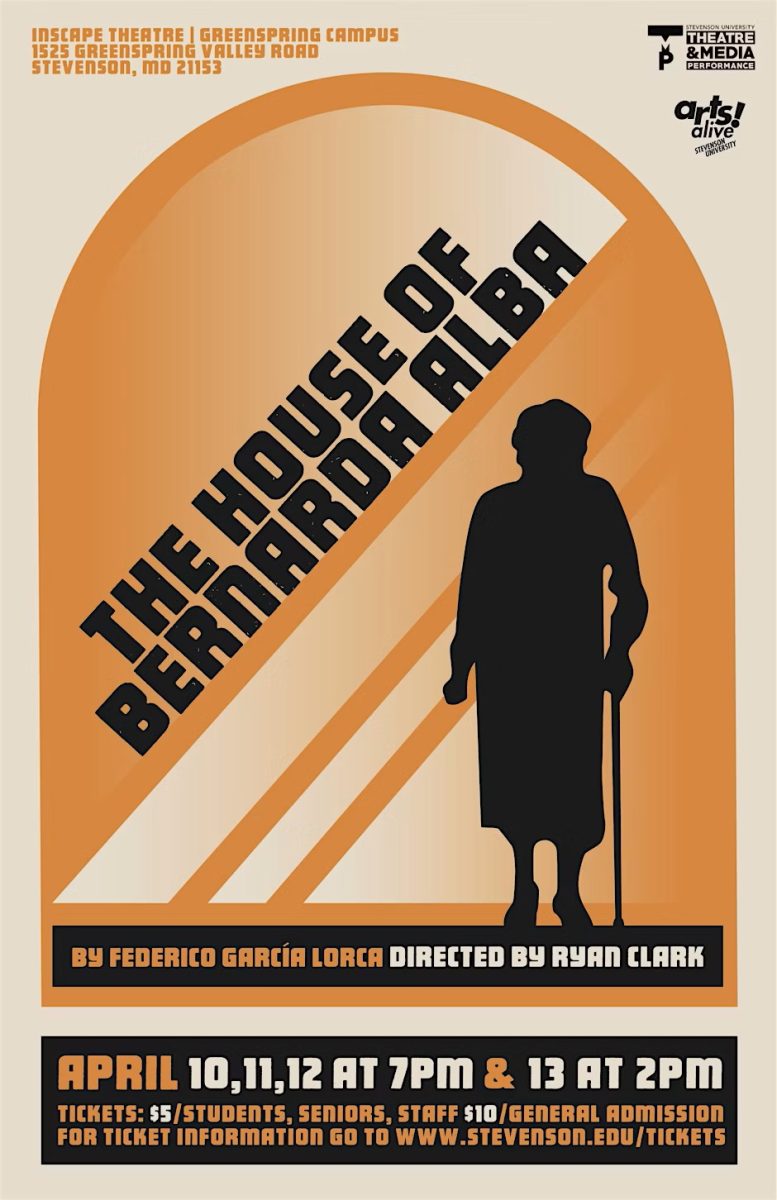After nearly 50 years of a bi-weekly print version of the student newspaper, this issue is the last print edition for The Villager. Beginning in January 2016, the news source will move to an online platform.
In 2014, a proposal was sent to the academic dean detailing the reasons for the move from print to digital. The change is due to numerous factors, including cost, declining, deadlines and timelines. Each issue of The Villager costs between $750 and $1200. Advertising sales bring in between $300 and $400 per issue, which leaves an accumulation deficit of $450 to $750 per edition.
Circulation editors on the staff distribute and monitor how many issues are taken from the stands. It is estimated that fewer than 250 issues are picked up per issue; however, approximately 1,000 copies are printed. Students enrolled in the journalism classes usually take at least two copies each issue; meaning less than 150 copies are in circulation in the university community.
Over 85 percent of Generation Xers and Millennials get their news online, according to research from the Poynter Institute. The switch to a digital format will be more conducive to the student population, which is The Villager’s target audience.
Society today also thrives on the instant nature of the Internet. By moving online, The Villager will join a collection of online news sources, providing a more immediate news outlet for students.
There will also be unlimited virtual space to publish stories, which will provide even more news to students, faculty and staff. This was not possible with the limited amount of space in the print version.
The switch to a digital platform offers opportunities for the newspaper’s editorial staff, which usually consists of 8-12 students. Unfortunately, there is a decreased interest in the industry. Journalism is rapidly changing, and most of those changes are toward the online world. Digital work in the ever-changing journalism industry will be inevitable for students’ careers.
Based on the projections outlined in the proposal, the move to digital would benefit all parties. The staff will switch from using Adobe InDesign to layout a print page, to using WordPress to digitally publish content including text, photos, and video. Knowledge of many different skills, including hyperlinking, digital advertising, creating sidebars and ensuring readability from a screen will be developed.
The Villager staff hopes to see increased support of its efforts following the digital debut in the winter. To keep up with The Villager, visit our website at www.stevensonvillager.com beginning January 2016.


























































